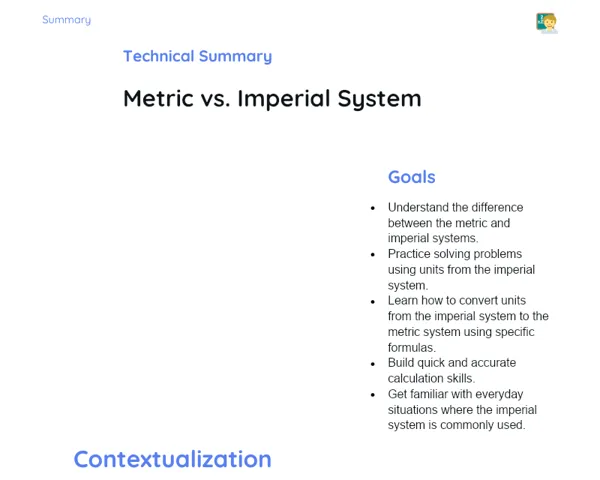Goals
1. Identify square roots and cube roots.
2. Compute exact square and cube roots.
3. Differentiate between numbers with exact and inexact square and cube roots.
Contextualization
Square and cube roots are essential mathematical concepts that pop up in our everyday lives. Consider situations like calculating the area of a field or figuring out the volume of a water tank—these tasks require us to apply these concepts. Grasping square and cube roots not only simplifies tackling mathematical challenges but also proves valuable in careers like architecture, engineering, and technology, where accuracy in computation plays a pivotal role. For example, when an architect designs a square courtyard or an engineer plans the capacity of a cubic reservoir, these practical uses underline the necessity of mastering these mathematical principles.
Subject Relevance
To Remember!
Concept of Square Root
The square root of a number is a value that, when multiplied by itself, equals the original number. For instance, the square root of 16 is 4, since 4 x 4 = 16. This concept forms the basis for solving area-related problems in geometry and finds frequent application in engineering and architectural calculations.
-
A square root is the value that, when multiplied by itself, results in the original number.
-
Example: √16 = 4, as 4 x 4 = 16.
-
Widely used in area calculations and various scientific, technical applications.
Concept of Cube Root
The cube root of a number is the value that, when multiplied by itself three times, equals the original number. For example, the cube root of 27 is 3, since 3 x 3 x 3 = 27. This concept is fundamental for understanding volumes, used in civil engineering and the development of graphical software.
-
A cube root is the value that, when multiplied by itself three times, results in the original number.
-
Example: ³√27 = 3, as 3 x 3 x 3 = 27.
-
Utilized in volume calculations and optimizing algorithms in the tech industry.
Difference Between Exact and Inexact Roots
Exact roots yield whole numbers, whereas inexact roots produce fractional or irrational numbers. For instance, the square root of 25 is 5 (exact), but the square root of 20 is roughly 4.47 (inexact). Recognizing this difference is crucial for executing precise calculations across different mathematical and tech-related applications.
-
Exact roots yield whole numbers.
-
Inexact roots provide fractional or irrational values.
-
Key for maintaining accuracy in various practical applications.
Practical Applications
-
Civil Engineering: Calculating areas and volumes for construction projects and infrastructure.
-
Architecture: Precision in designing projects that necessitate accurate measurements of areas and volumes.
-
Software Development: Enhancing algorithms for 3D graphics and data compression.
Key Terms
-
Square Root: A value that, when multiplied by itself, results in the original number.
-
Cube Root: A value that, when multiplied by itself three times, results in the original number.
-
Exact and Inexact Roots: Roots resulting in whole numbers (exact) or fractional/irrational numbers (inexact).
Questions for Reflections
-
In what ways can a deeper understanding of square and cube roots aid in solving everyday problems?
-
How can the ability to calculate exact and inexact roots benefit someone working in technology?
-
Share a real-life example where accuracy in square or cube roots was essential for the success of a project.
Hands-On Activity: Constructing Squares and Cubes
Create physical models of squares and cubes to visualize and deepen your understanding of square and cube roots.
Instructions
-
Gather the required materials: paper, ruler, scissors, glue, and building blocks (like LEGO).
-
Split into groups to build perfect squares (with equal sides) of varying sizes.
-
Measure the sides of the squares and calculate their area and square root.
-
Construct perfect cubes (with equal edges) and find the volume and cube root for each.
-
Each group will present their models and explain how they calculated the square and cube roots.



